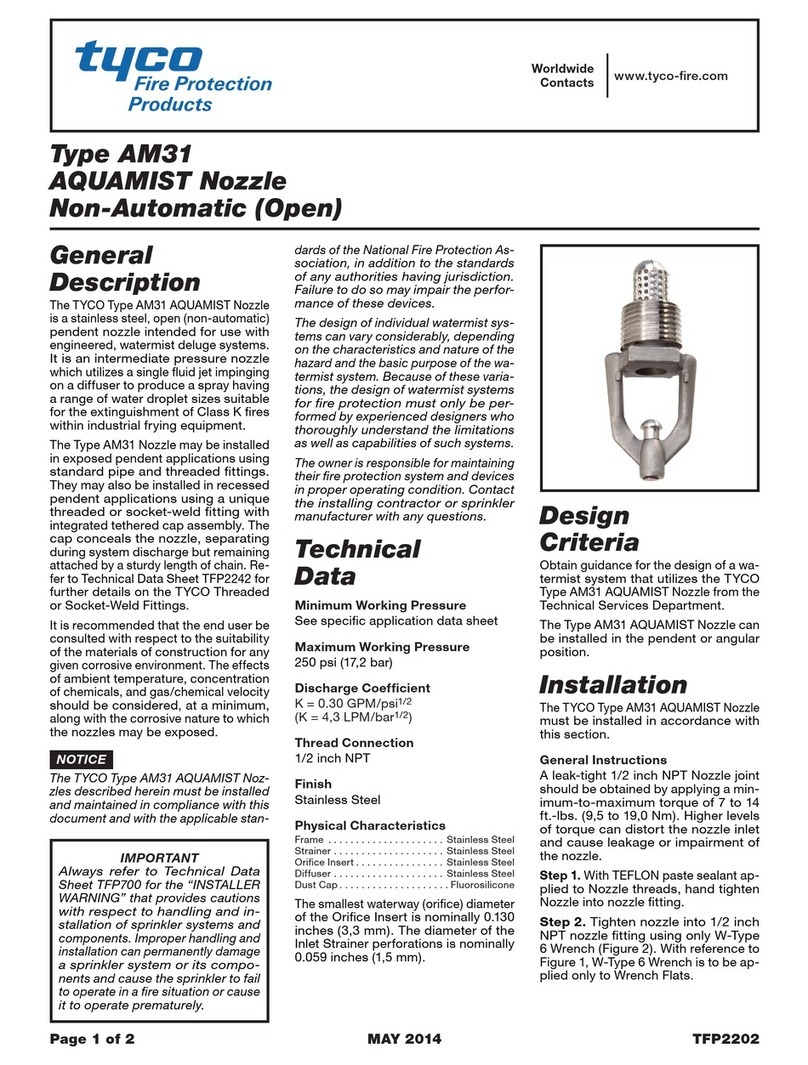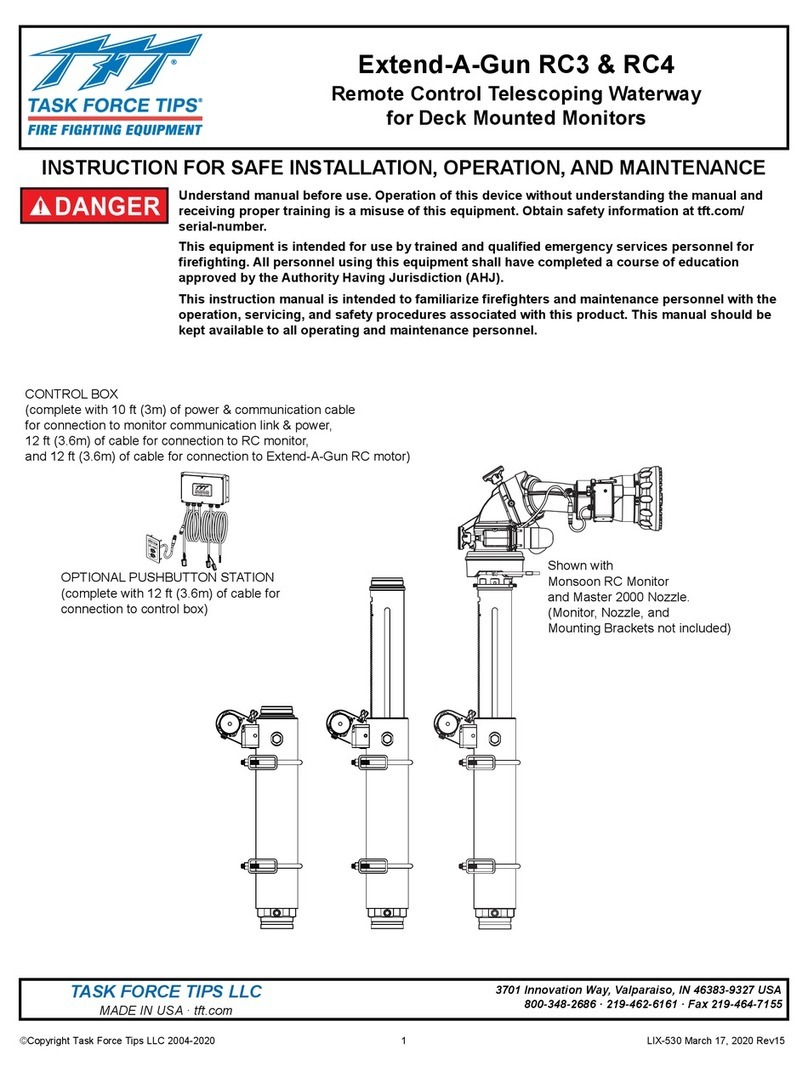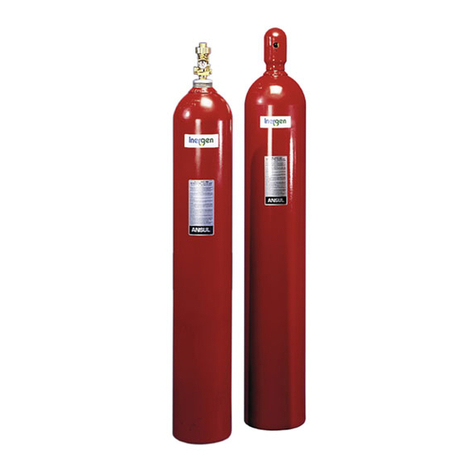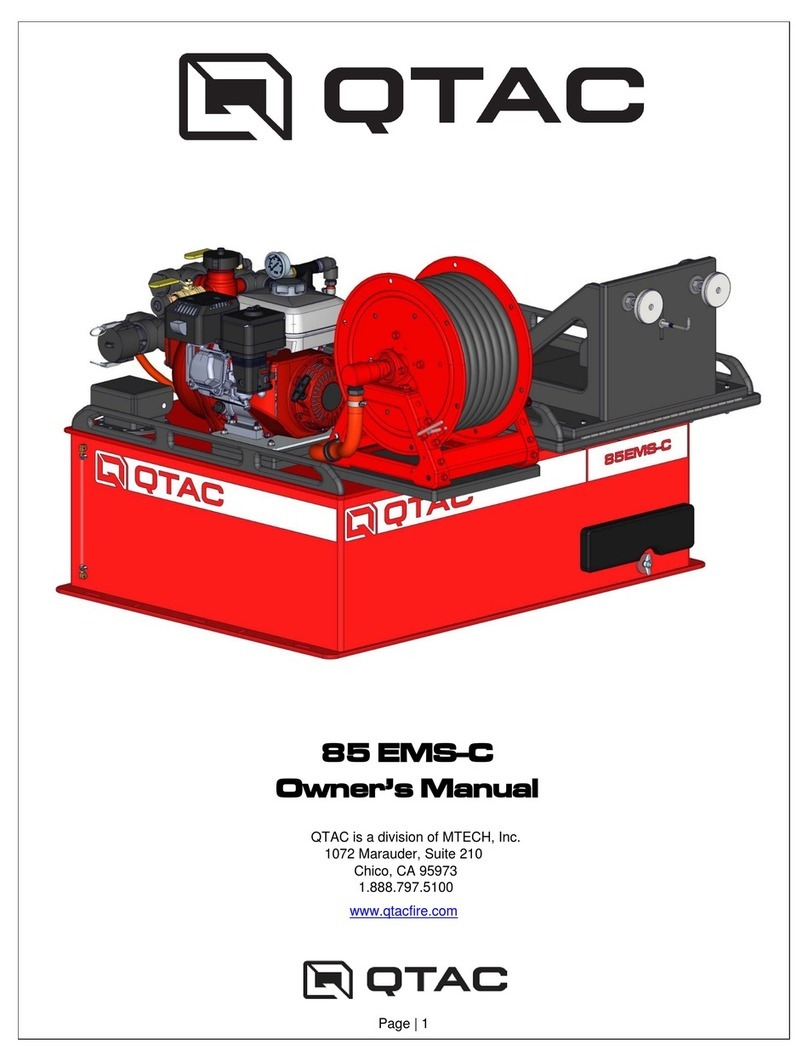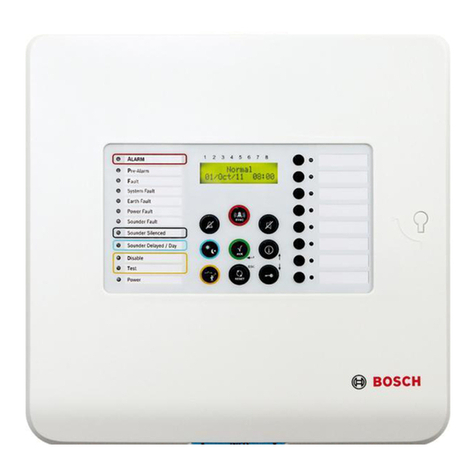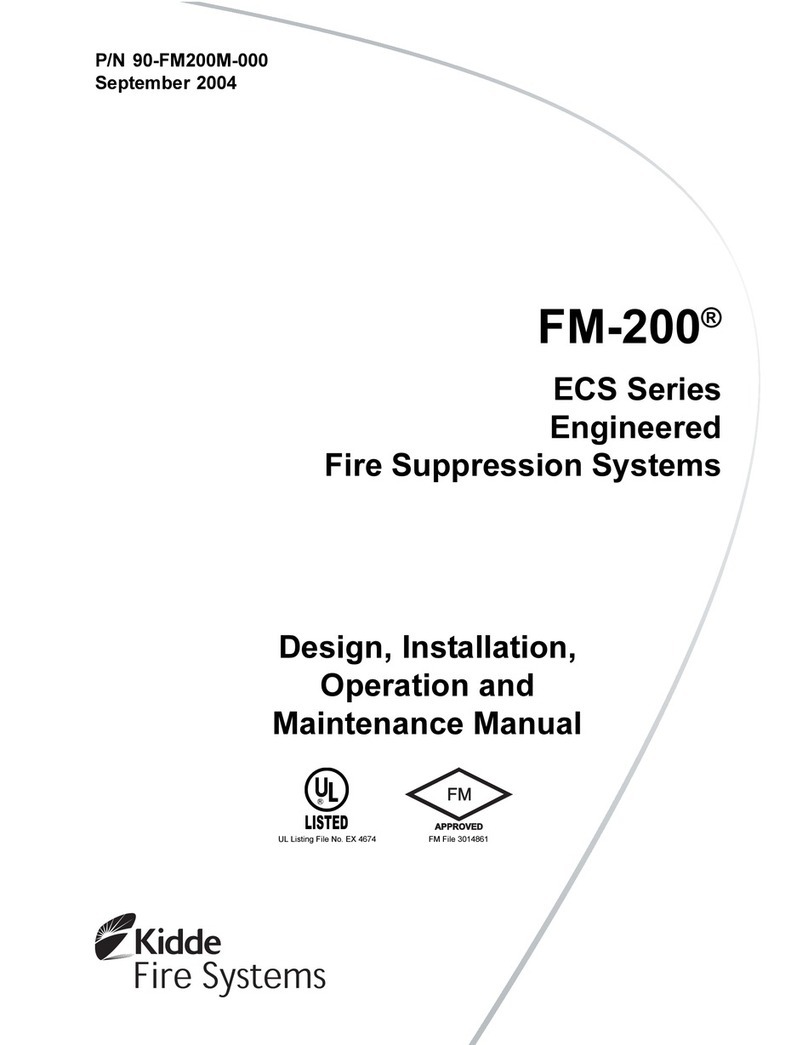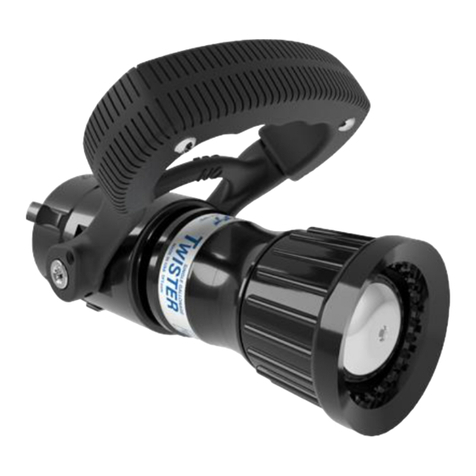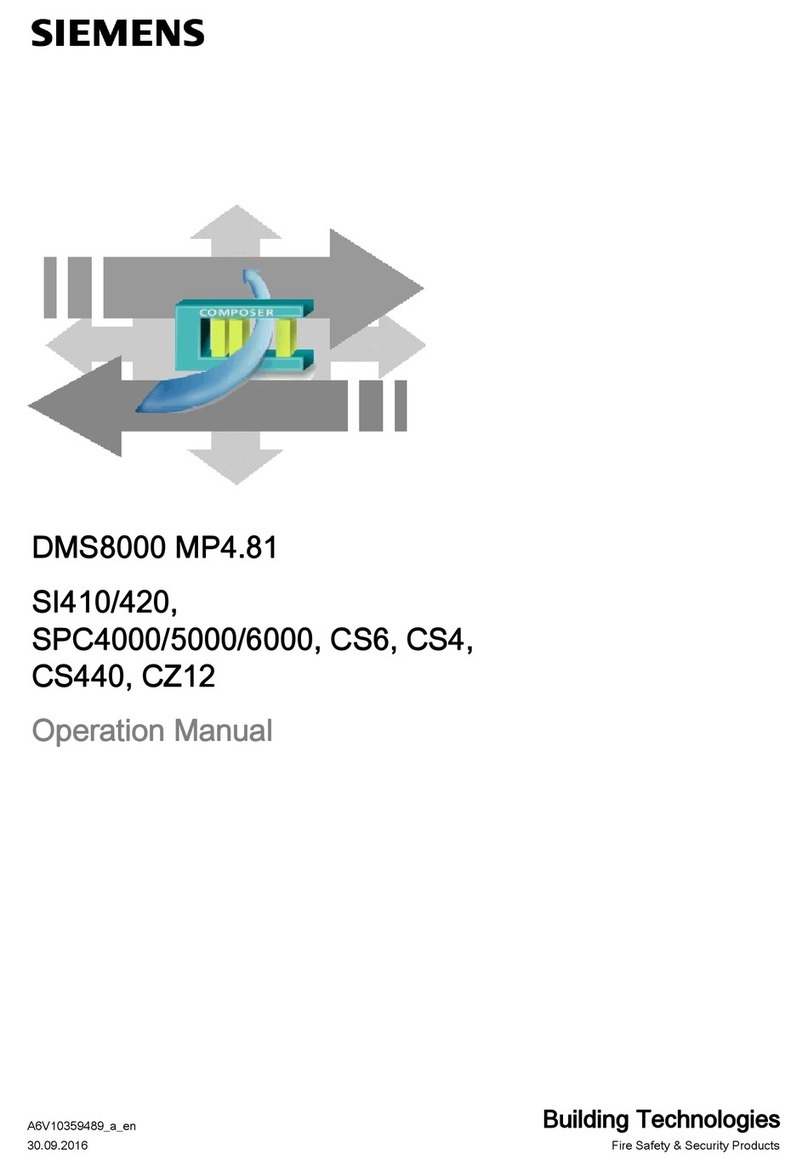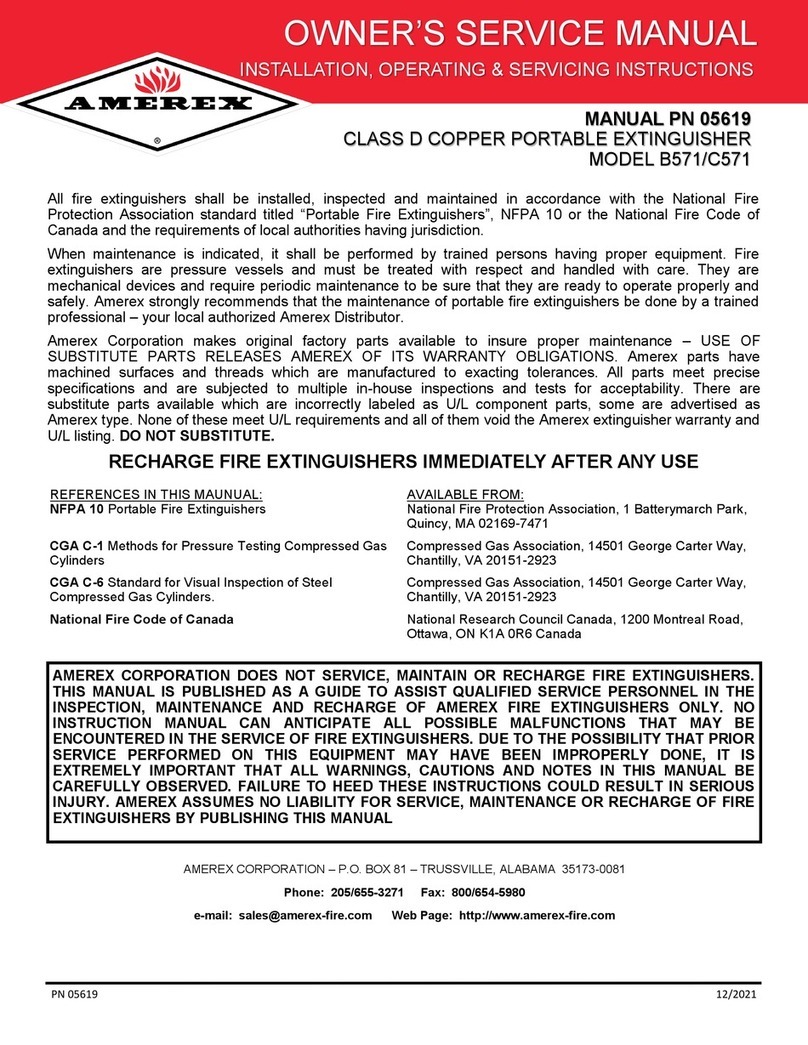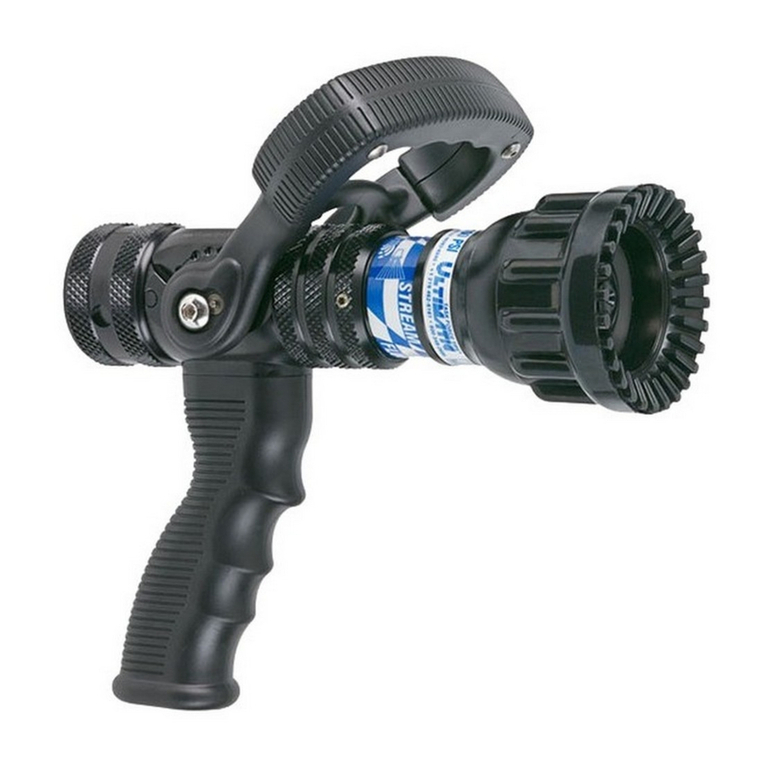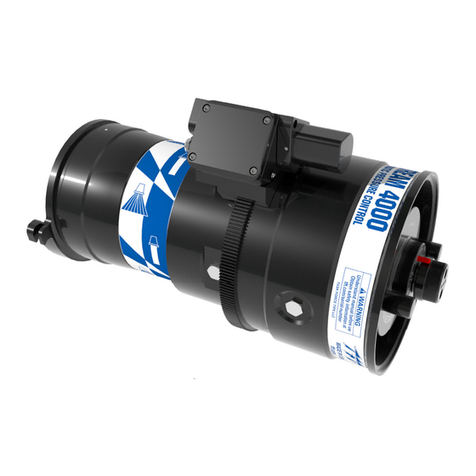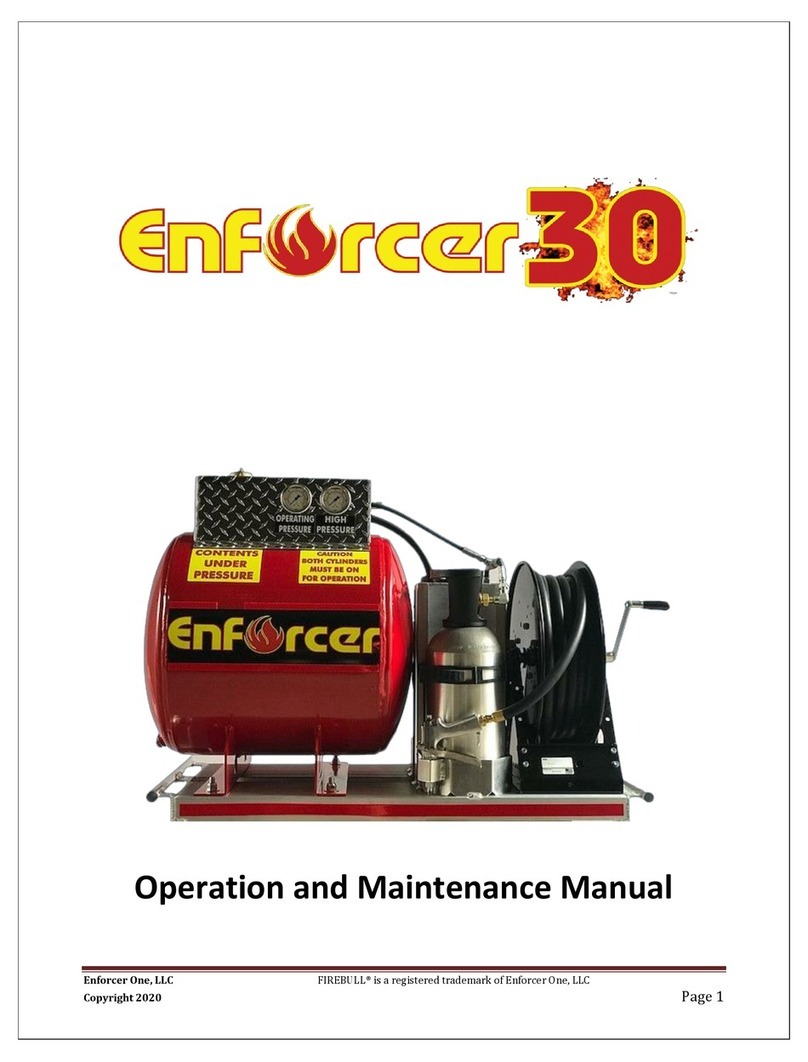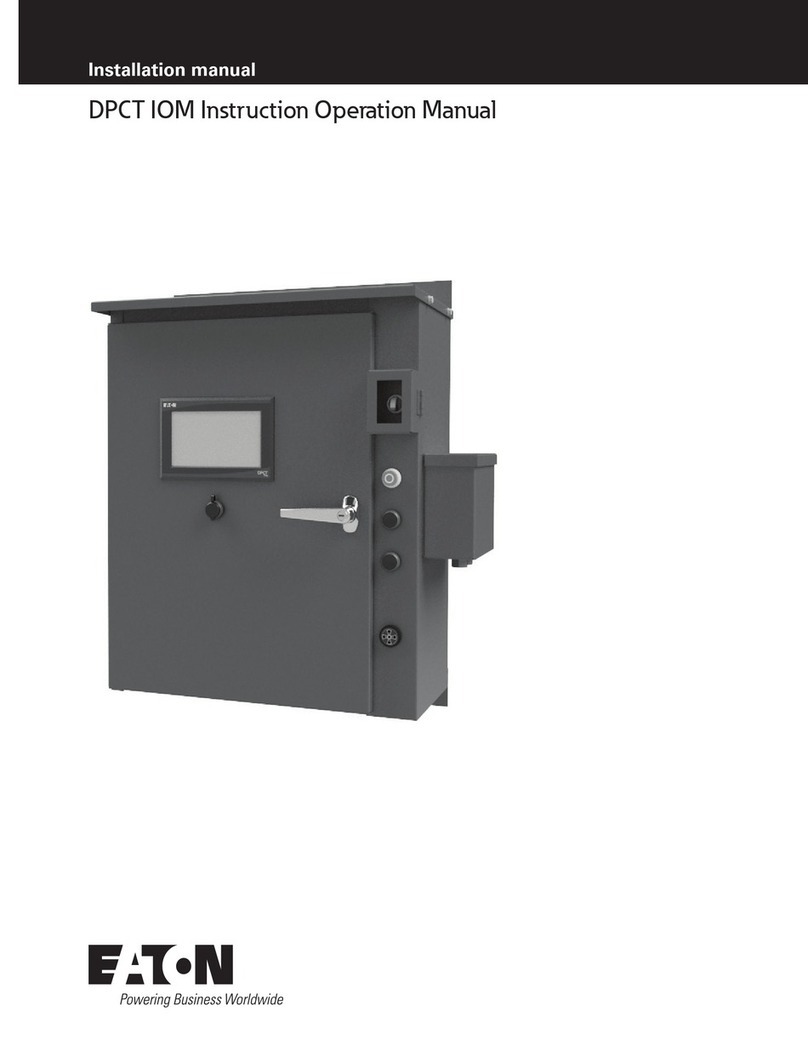
3
Technical Data 25-16733-A
Effective October 2019
Installation and operation manual for
conventional fire panels
EATON www.eaton.com
Introduction
Purpose
This manual is intended as a guide for the installation and commis-
sioning of Eaton Conventional 2, 4, 8 Zone Control panels. Content
within this guide is for general application and does not specify
the Fire Alarm System design and the guide assumes the reader
already has attained competency with this type of system.
The installation of this system can only be carried out by a compe-
tent person with relevant current training and experience, with
access to requisite tools, equipment and information (as stipulated
by BS5839).
The design has been carried out in accordance with a quality
management system, which incorporates a set of rules for the
design of all elements of the Control and Indication Equipment
(CIE) and Power Supply Equipment (PSE).
The components of the CIE and PSE have been selected for the
intended purpose, and are expected to operate within their speci-
fication when the environmental conditions outside the cabinet of
the CIE / PSE comply with class 3k5 of EN 60721-3-3:1995
The Eaton Conventional Fire Detection &
Alarm System
The Eaton Conventional fire alarm system is a highly adaptable and
intelligent product designed with the simplicity of a conventional
fire alarm system, enhanced to provide multi-function fire detec-
tion and condition indication capability. The Fire panel supports
conventional zones which can be configured for Standard Mode
that has standard conventional detectors and call points, or
Intrinsically Safe Conventional Mode that only allows intrinsically
safe detectors and call points on the zone along with an intrinsi-
cally safe barrier.
The Eaton Conventional fire alarm system is certified to EN54 part
2 and part 4 and is designed to meet the recommendations in
BS5839.
The panels have the following optional features as standard:
•FIRE ALARM DEVICES: (EN54 part 2 clause 7.8)
•TEST CONDITION: (EN54 part 2 clause 10)
•Control of fire alarm routing equipment (EN54 part 2 clause
7.9.1)
•Output to fire protection equipment (EN54 part 2 clause 7.10.1)
The components of the Eaton Conventional Fire System are as
follows:
•The conventional fire panel range comes in 2, 4 or 8 zones
versions.
•Each zone can be configured with up to 32 input devices
connected via a single 2-core screened cable.
•The Fire Panel is available to support 4 conventional sounder
circuits (see technical specification for loading characteristics).
•The integrated EN54 part 4 compliant power supply charges
and monitors two 12V 5Ah batteries. The power supply is
capable of providing up to 24 hour standby depending on the
system loading (further information on this can be found in PSE
Specification on page 28).
•Each zone must be terminated with an EOLM-1 to allow the
panel to detect Short and Open circuit conditions as well as
head removal. The EOLM-1 needs to be located with the last
device on each zone.
•The Fire alarm system has an options interface board to provide
outputs to Fire Protection Equipment (FPE), Fire Routing
Equipment (FRE) and zonal relays. This interface and the
relevant conformance requirements are further described within
this guide.
•The panel is compatible with the standard Eaton range of
conventional devices on both conventional zones and sounder
circuits. When a conventional zone is configured for Intrinsically
Safe mode then intrinsically safe detectors can be fitted in
conjunction with an isolation barrier (see Battery Connections
on page 16 for more details).
